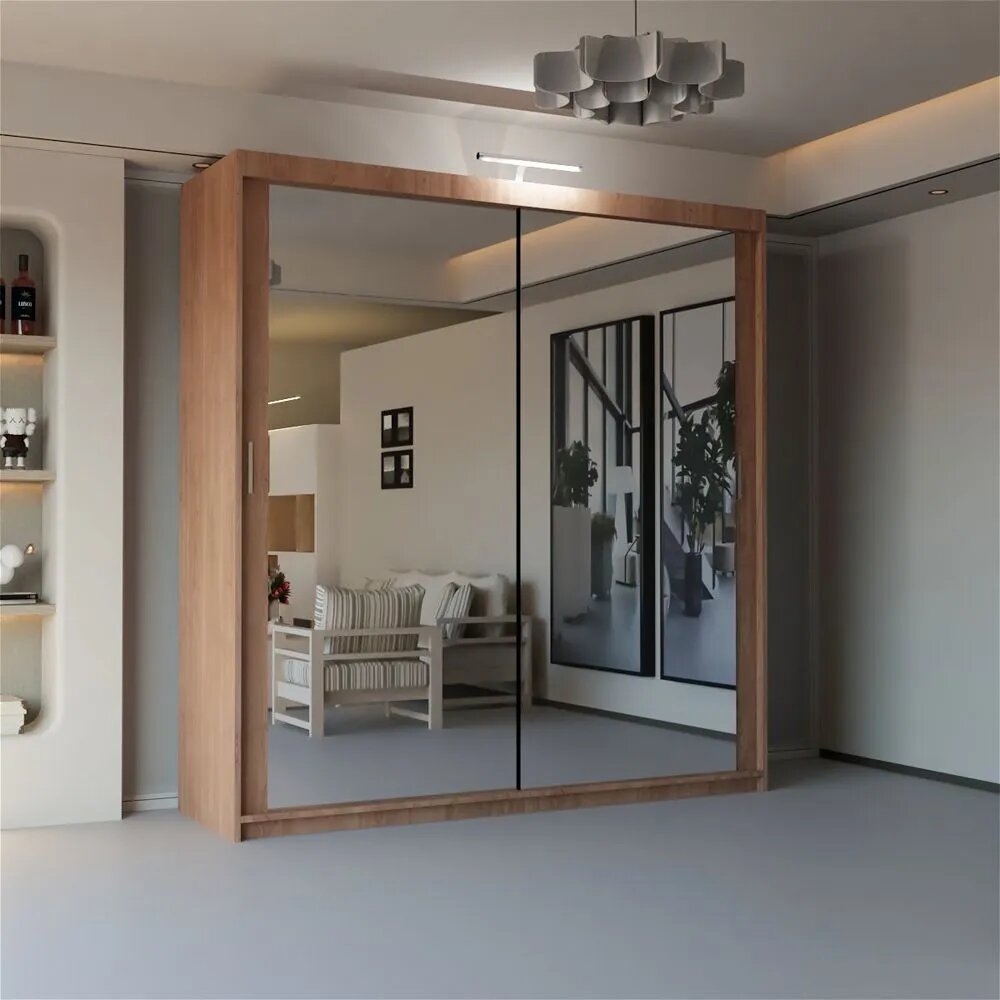Interior design is a multi-disciplinary field concerned with the planning and arrangement of spatial components. It aims to create aesthetically pleasing and functional spaces that fulfill the needs of the client.
The 7 generally accepted elements of interior design include space, light, form, texture, colour, furniture and objects. This article will cover each one in detail.
1. Space
Space is a key element to interior design, as it determines where and how furniture and objects are placed. It is essential to get the proportions of ‘positive’ and ‘negative’ space just right so that a room doesn’t feel overcrowded or cluttered.
The amount of space used in a room can affect people’s emotions and perceptions. For example, a dark room can make it feel sad and depressing while bright light can give a room high energy.
Space also involves the use of lines, which can be used to create the illusion of a larger or smaller space. Trade professionals often work with the scale of furniture and objects to achieve a balanced scheme. This includes ensuring that there is enough ‘negative’ space for circulation or to prevent a room from feeling too full.
2. Light
As a design element, light plays an important role in interior design. It can come from natural sources such as sunlight through windows, or it can be artificially generated using lamps and other lighting fixtures.
A professional interior designer considers how a room’s lighting can affect the size and mood of the space. The right type and placement of lighting can make a room feel bigger or smaller, subdue or accent the colour of the walls and furniture, and create other visual effects.
Lighting can also highlight unique architectural features. For example, it can be used to wash a building’s unique texture, or to illuminate impressive archways and stairwells. It can even be used to create patterns in hallways or walkways and establish spatial boundaries.
3. Form
Forms create structure & direction for a space. They can be horizontal, vertical or dynamic – think tables, chairs, shelves & windows. Horizontal lines evoke feelings of stability while vertical ones encourage depth and height. Dynamic lines can encourage movement, like an angled ceiling or curved walls.
Forms are also created through the contours of furniture & other decorative objects. Designers use these forms to add depth & personality. They can also be geometric or natural. Geometric shapes evoke boldness while curvy shapes embody softness.
When it comes to interior design, form is just as important as function. A good designer will always balance both to ensure the space is practical & aesthetically pleasing. The key is to create a look that works seamlessly together.
4. Texture
The use of texture in interior design is incredibly important. It can prevent a space from being flat and dull by adding contrast to the design and creating visual interest.
Tactile texture describes how something feels to the touch and can include a range of textures from rough to smooth. It can include woven fabrics, carpets with different piles and colours, stone in its natural form or even wood that adds warmth and character.
Form refers to the shape of furniture, decor and other elements in the space. It can be either horizontal or vertical lines. Geometric forms bring stability and structure to the room while rounded shapes add a sense of movement. The choice of form is crucial and should relate to the style and personality of the client.
5. Colour
Colour is a fundamental interior design element that influences the overall mood of a space. It can bring a sense of calm or excitement, depending on what type of feeling you are trying to create. Colour can also change our perception of size, making small rooms feel bigger or larger spaces seem smaller.
A good designer understands how different colours can affect people and will use this knowledge to their advantage. Cool tones like blues and greens are often used to create a calming effect, while warm tones like reds and oranges give a more lively energy.
It is also important to consider how natural light will influence the colours in a room throughout the day, as it can dramatically alter our perception. Similarly, it is necessary to consider how furniture and objects will work with the other elements of the room.
6. Furniture
Furniture determines style, form and function in a home. It should complement other furniture and not overcrowd the area. It also should be functional to meet the needs of the people using the space.
Patterns are an important element that allows designers to implement a theme within their design ideas. They can range from radial patterns on walls to instigating floral designs that add depth and interest to the room.
Aesthetic elements like colour are crucial in bringing together the different components of a room. They can change the mood and create excitement in a space, as well as influence our perception of size. This makes it a fundamental aspect of interior design that must be carefully considered. Objects are also important in adding character and reflecting the taste of the owner.
7. Objects
Interior designers use a variety of elements to create an environment that is both functional and aesthetically pleasing. It isn’t just about creativity & flair – there is a real science behind it!
Lines are an important part of any design. They can be used to create a theme or to highlight the space’s natural features. Horizontal lines make a room feel wider, while vertical ones create a feeling of height. Dynamic lines such as zigzags or curved lines add interest and drama to a room.
Objects can be anything from curated art pieces to DIY projects or even antique furniture. They are often what gives a room personality and reflects the owner’s taste and interests. They should be carefully placed to ensure that they don’t overcrowd a room.




